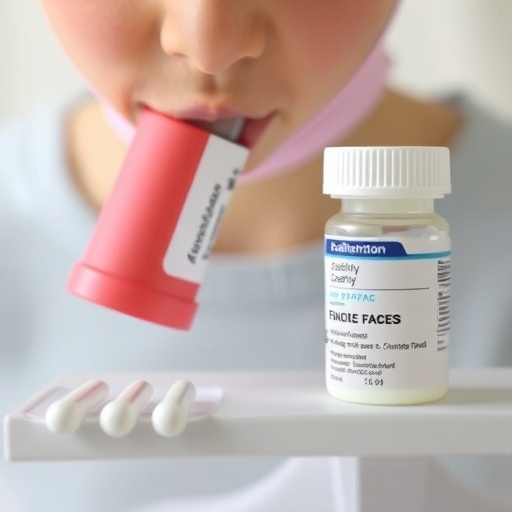November 4, 2015 — A study led by Louise Kuhn, PhD, professor of Epidemiology at Columbia University's Mailman School of Public Health, evaluated whether HIV-infected children in South Africa who had achieved viral suppression with one antiretroviral treatment could transition to efavirenz-based therapy, the recommended drug for children older than 3 years, without risk of viral failure. Dr. Kuhn and colleagues reported that the treatment program resulted in excellent sustained virological control. Findings are published in the November 3 issue of JAMA.
For infants and young children, ritonavir-boosted lopinavir-based therapy had been recommended as first-line antiretroviral therapy, while efavirenz was the suggested first-line regimen in adults and older children. Advantages of the latter regimen include once-daily dosing, simplification of co-treatment for tuberculosis, preservation of ritonavir-boosted lopinavir for second-line treatment, and alignment of adult and pediatric treatment regimens. However, there had been concerns about possible reduced viral efficacy of efavirenz in children exposed to nevirapine for prevention of mother-to-child transmission. This is because efavirenz and nevirapine are in the same drug class and the majority of children who become infected despite exposure to nevirapine used for prevention have mutations in their virus that usually predict resistance to this drug class.
The study, conducted at Rahima Moosa Mother and Child Hospital in Johannesburg, South Africa, included HIV-infected children 3 years of age or older exposed to nevirapine for prevention of mother-to-child transmission and who had plasma HIV RNA of less than 50 copies/ml during ritonavir-boosted lopinavir-based therapy. Participants were randomly assigned to switch to efavirenz-based therapy (n = 150) or continue ritonavir-boosted lopinavir-based therapy (n = 148). The children were followed up to 48 weeks after randomization.
The researchers found that switching to efavirenz-based therapy compared with continuing ritonavir-boosted lopinavir-based therapy did not result in significantly higher rates of viral rebound (i.e., HIV RNA >50 copies/mL) or viral failure (i.e., confirmed HIV RNA >1000 copies/mL).
"Until now, there had been little guidance available as to what clinicians ought to do when confronted with a child older than 3 years who has begun treatment with ritonavir-boosted lopinavir," said Dr. Kuhn, who is also part of Columbia's Sergievsky Center. "As a result, it has been left to individual interpretation, and there are anecdotal reports of clinicians switching to efavirenz in the absence of data to support such a practice. This study provides evidence to support the safety and efficacy of switching to efavirenz, the recommended drug for children older than 3 years, among children with viral suppression."
###
The study was supported by a grant from the Eunice Kennedy Shriver National Institute of Child Health and Human Development. The authors reported no conflicts of interest.
About Columbia University's Mailman School of Public Health
Founded in 1922, Columbia University's Mailman School of Public Health pursues an agenda of research, education, and service to address the critical and complex public health issues affecting New Yorkers, the nation and the world. The Mailman School is the third largest recipient of NIH grants among schools of public health. Its over 450 multi-disciplinary faculty members work in more than 100 countries around the world, addressing such issues as preventing infectious and chronic diseases, environmental health, maternal and child health, health policy, climate change & health, and public health preparedness. It is a leader in public health education with over 1,300 graduate students from more than 40 nations pursuing a variety of master's and doctoral degree programs. The Mailman School is also home to numerous world-renowned research centers including ICAP (formerly the International Center for AIDS Care and Treatment Programs) and the Center for Infection and Immunity. For more information, please visit http://www.mailman.columbia.edu




